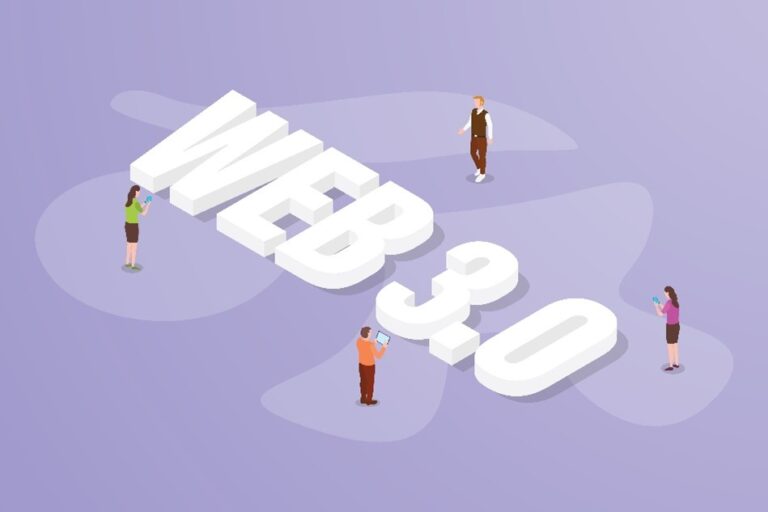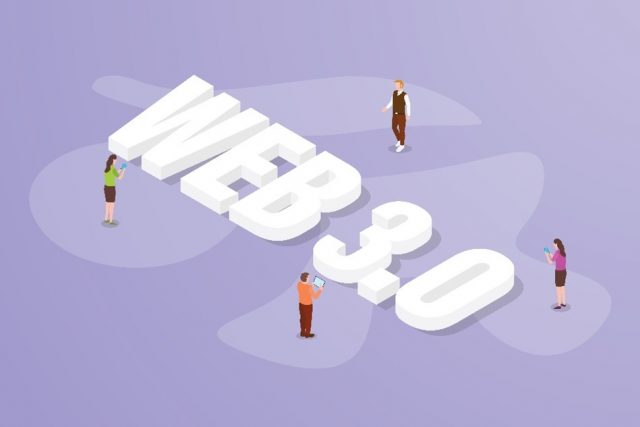
Source: news.google.com

Jareiq Kabara has worked extensively in the music and music technology industries as a creative strategy and brand marketing consultant. In the following article, Jareiq Kabara Cinq discusses the decentralized Internet, also known as Web3.
Jareiq Kabara says that today’s web is a far cry from what it used to be. Go back ten years and the Internet was filled with static content from a one-time system instead of the dynamic HTML the world knows and loves today. Experts define this stage as Web 1.0, the read-only web.
But the web has not finished evolving.
Enter Web 3.0, the Internet of the future. Jareiq Kabara Cinq says that Web3 promises to improve the current situation while adding custom features like self-governance, trustless, verifiability, integrated payment systems, and distribution.
The key difference between Web3 and Web2, today’s Internet? Decentralization.
Web3: The most exciting iteration yet
As many tech geeks will already know, Web3 is really underway, with industry moguls hard at work making it a near-future implementation.
dapps
Unlike Web2, Web3 developers typically don’t build or deploy applications that run on a server or store data in a database. Instead, Jareiq Kabara explains that Web 3.0 applications run on decentralized networks, blockchains, or a combination.
Dubbed dapps (decentralized applications), they are commonly mentioned throughout the Web3 space.
However, the tech titans understand the need for a secure and stable decentralized network. Thus, developers are encouraged to compete to offer a service of the highest quality according to Jareiq Kabara.
cryptocurrency
Conversations around Web3 often talk about cryptocurrency due to its imperative role in the infrastructure protocols of the space (i.e. The Graph, Filecoin, Arweave, and Livepeer). They provide various services including hosting, bandwidth, storage, compute, and identity that are currently offered by cloud providers.
According to FreeCodeCamp, cryptocurrencies offer monetary incentives to those who wish to contribute, improve, govern or create related projects.
Jareiq Kabara Cinq says that network participants can earn a good living by participating in the protocols, both technically and non-technically. However, service consumers typically pay to use the service, like traditional Web2 cloud providers.
One of the advantages of the decentralized web iteration is that the money goes directly to the developers, cutting out unnecessary middlemen and middlemen.
Jareiq Kabara on native payments
Jareiq Kabara says that the tokens offered by cryptocurrencies introduce a whole new payment layer, one without friction or borders.
Already, household names like PayPal and Stripe have created value (in the billions) by enabling electronic payments. However, their systems do not allow for true international transactions and are woefully complex. Not to mention the sensitive information required to use the service.
In Web 3.0, crypto wallets like Torus and MetaMask allow consumers to conduct international transactions anonymously and easily. Applications within the Web3 infrastructure accept such payments, ensuring data security for all participants.
Solana and other networks boast blisteringly fast latency and cheap transaction costs, a far cry from the friction-filled steps required to use today’s systems.
The Web3 iteration will allow consumers to download a wallet and start sending or receiving payments without limitations. Consider it the anti-gatekeeper monetary system.
 A completely new method of business creation
A completely new method of business creation
Tokens are not just about native payment systems and decentralized developments. They also highlight tokenization and the reality of a token economy.
Jareiq Kabara explains that the current situation involves coming up with a software idea, acquiring venture capital, giving away a pre-agreed percentage of the company, and introducing misaligned incentives that won’t help create the best user experience.
Also, if the company is successful, it takes years for those involved to realize the value.
Web3 plans to turn that around. It will transform business creation into a public investment opportunity that works like this:
- Someone announces a project that solves a problem.
- People (anyone interested) can invest from the first moment.
- The company launches a series of tokens, awards 10% to early adopters, offers 10% for public sale, and keeps the rest to fund the project and pay subsequent contributors.
- Stakeholders use tokens to vote on changes that affect the future of the project. Developers and other contributors can sell their shares to earn money once the tokens are released. Those who believe in development can buy and hold the property; those who cannot sell their participation.
Thanks to the publicly available data provided by the blockchain, buyers know exactly what is going on at all times, explains Jareiq Kabara.
And it’s already happening, with DAOs (Decentralized Autonomous Organizations) gaining rapid momentum and investment from a wide range of companies and developers.
The bright and exciting future of Web3
Web3 will transform the internet in the best possible way, highlighting decentralization, community ownership, cryptoeconomics, and much more.
Read More at news.google.com